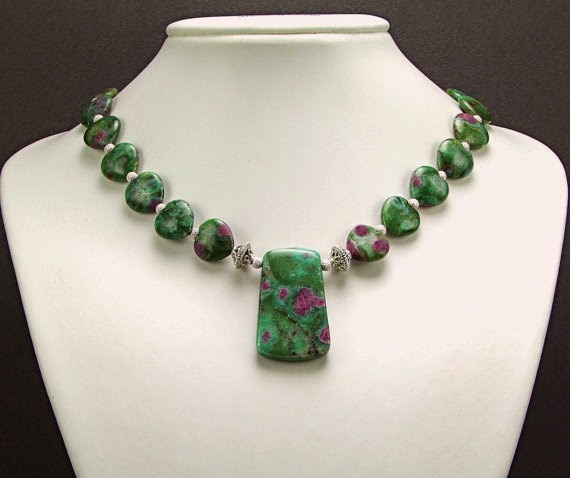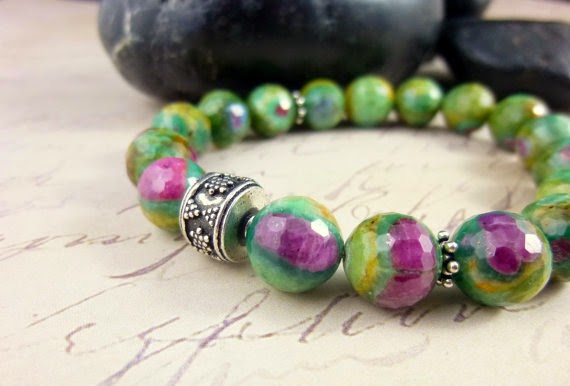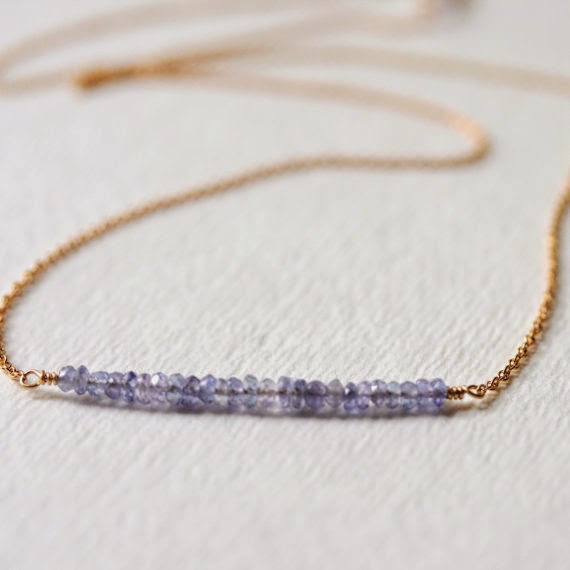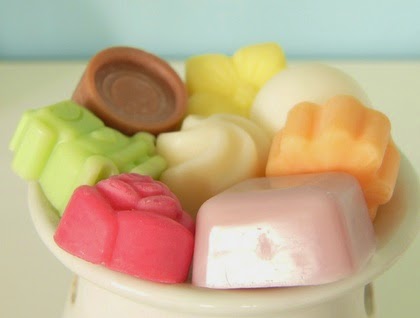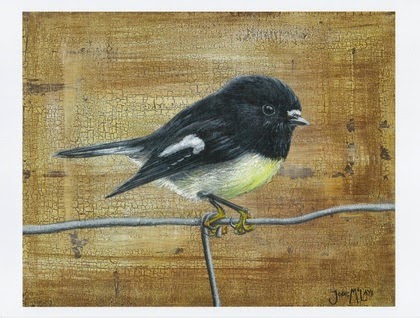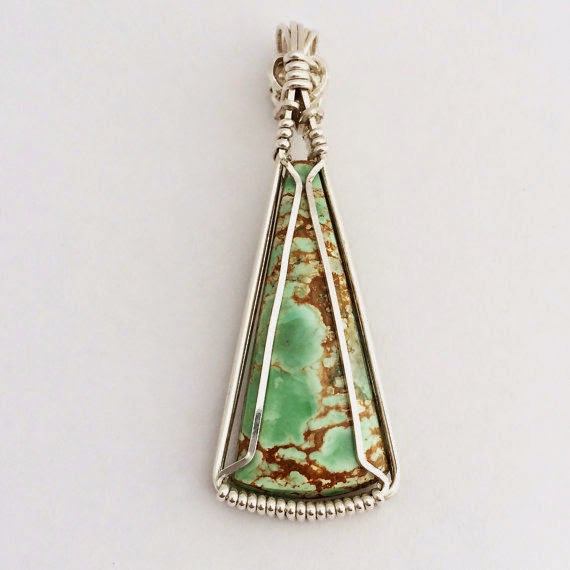There are a lot of different artists and artisans who will be taking part in the Kapiti Arts Trail and two of them are husband and wife Jane and Bill Inge.
A Landscape and Exterior Space Designer by day Jane has used her design software to create some lovely artwork specific to different local regions, using the suburb names of that region.
Bill is a sculptor inspired by driftwood found locally on the beaches. Combining it with
Oamaru Limestone he creates beautiful natural sculptures that will
complement any garden or outdoor space. Bill is known in the Kapiti region for his delightful stone sculptures of birds. These are usually placed on a stick so that they can easily be arranged in your garden.
Jane and Bill are opening their home studio to the public during the arts trail and this can be found at 15 Sea Poppy Way. Be sure to go and check out their work.


.jpg)

.jpg)









